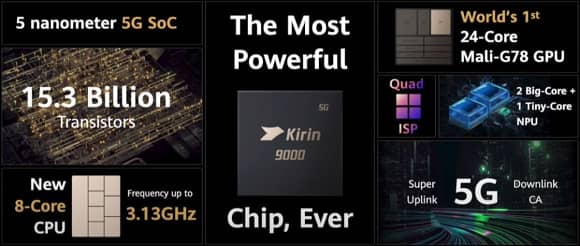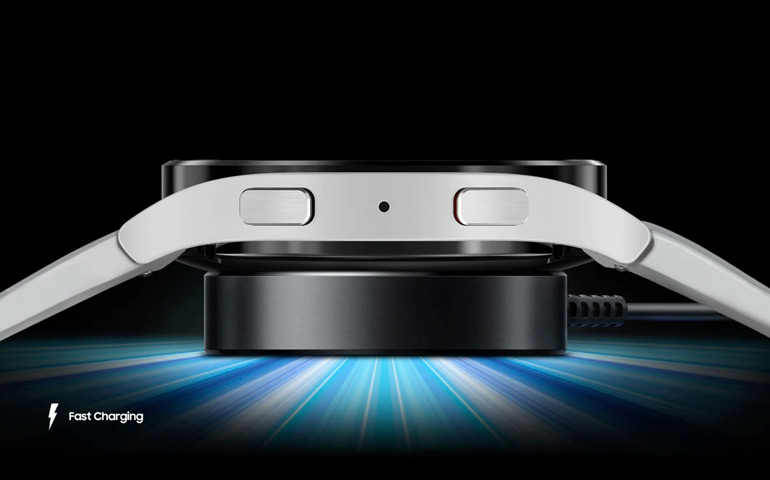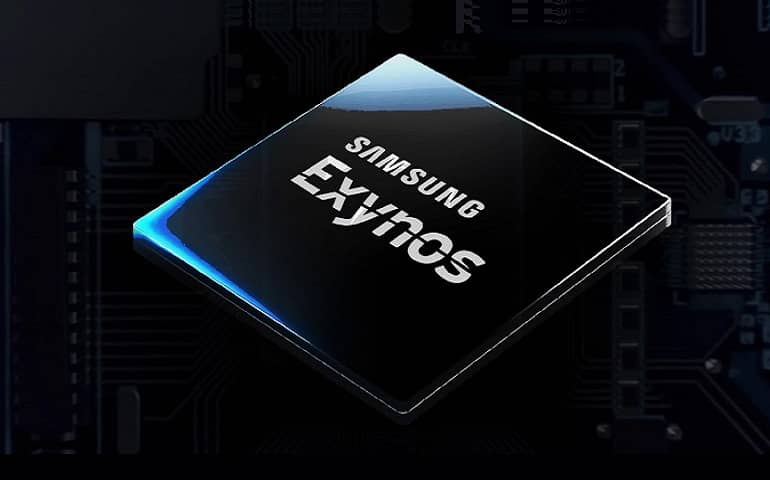Huawei released the first 5G-integrated 5nm SoC processor called the Kirin 9000. The company announced that the newly launched Huawei Mate 40, Mate 40 Pro, and Mate 40 Pro+ will feature this chipset. They unveiled this surprising news in their recent online Smart Life 2020 event.
Apart from the Mate 40 series, Huawei also launched the Porsche Design Huawei Watch GT2, FreeBuds Studio, and Huawei EyeWear 2. But, the Kirin 9000 was the highlight of the online event. Due to this 5nm SoC, users will experience better performance as compared to the earlier generations.
Kirin 9000: First Huawei 5G-integrated 5nm SoC
According to Huawei, the Kirin 9000 features a modest and more energy-proficient 5nm assembling process. On the other hand, various OEMs have already started marching towards 5G technology. At first, Apple introduced the new iPhone 12 with 5nm A14 SoC.

Moreover, Samsung is ready with the Exynos 1080 chipset. Whereas, there are also rumors of Qualcomm’s forthcoming Snapdragon flagship chipset based on this node. This means that the coming year 2021 will be definitely exciting for Android and iOS users.
Because of this all-new 5G technology, users will not only experience a powerful and efficient performance but also have a longer battery life. In addition, the Huawei Kirin 9000 comes with an integrated 5G modem that can give up to 6.5 Gbps of download speed.
Besides, if you compare this chipset with the Qualcomm Snapdragon X55 modem, you’ll get 5x quick transfers and 2x quick downloads. However, the downside is that the Kirin 9000 includes the Arm Cortex-A77 cores instead of the Arm Cortex-A78. This is quite disappointing.
On the positive side, this SoC processor can give 10% more performance than Qualcomm’s Snapdragon 865 Plus. Talking about the graphics, it utilizes the most recent Arm Mali-G78 GPU. To be specific, Kirin 9000 and 9000E sports 24 and 22 core configurations individually.
As far as the GFXBench benchmark is concerned, this SoC boasts 52% more power than Snapdragon 865+. Moreover, when it comes to AI processing, it gives 2.5 times more performance through the NPU. Whereas, image processing is also beneficial due to the quad-core ISP.
Overall, the Kirin 9000 flaunts 50% GPU efficiency, 150% NPU, and 25% CPU power as compared to the Snapdragon 865 Plus. But don’t forget that Qualcomm will also get advantages from the 5nm process. The company might surprise us with its new high-end SoC in December.






